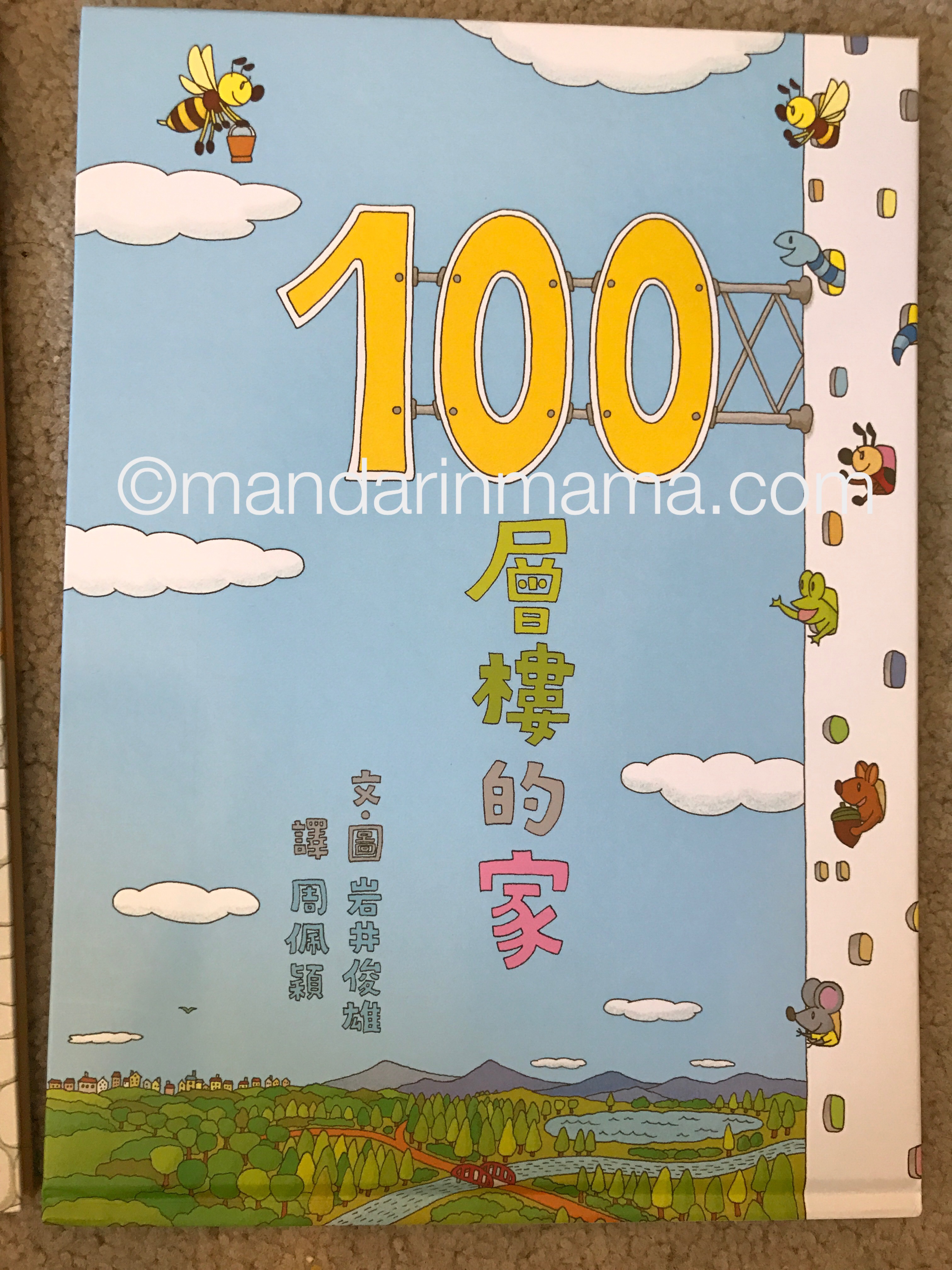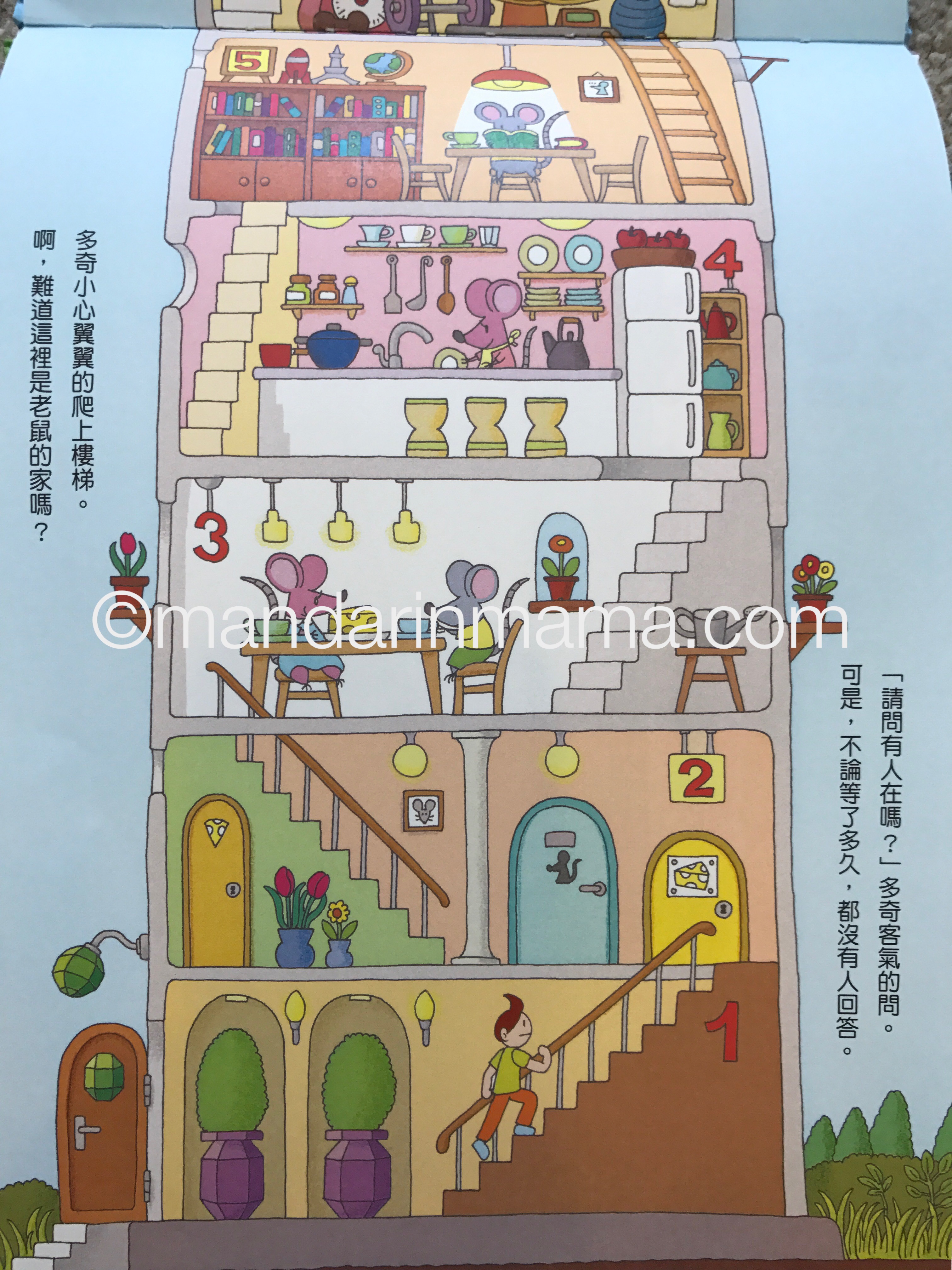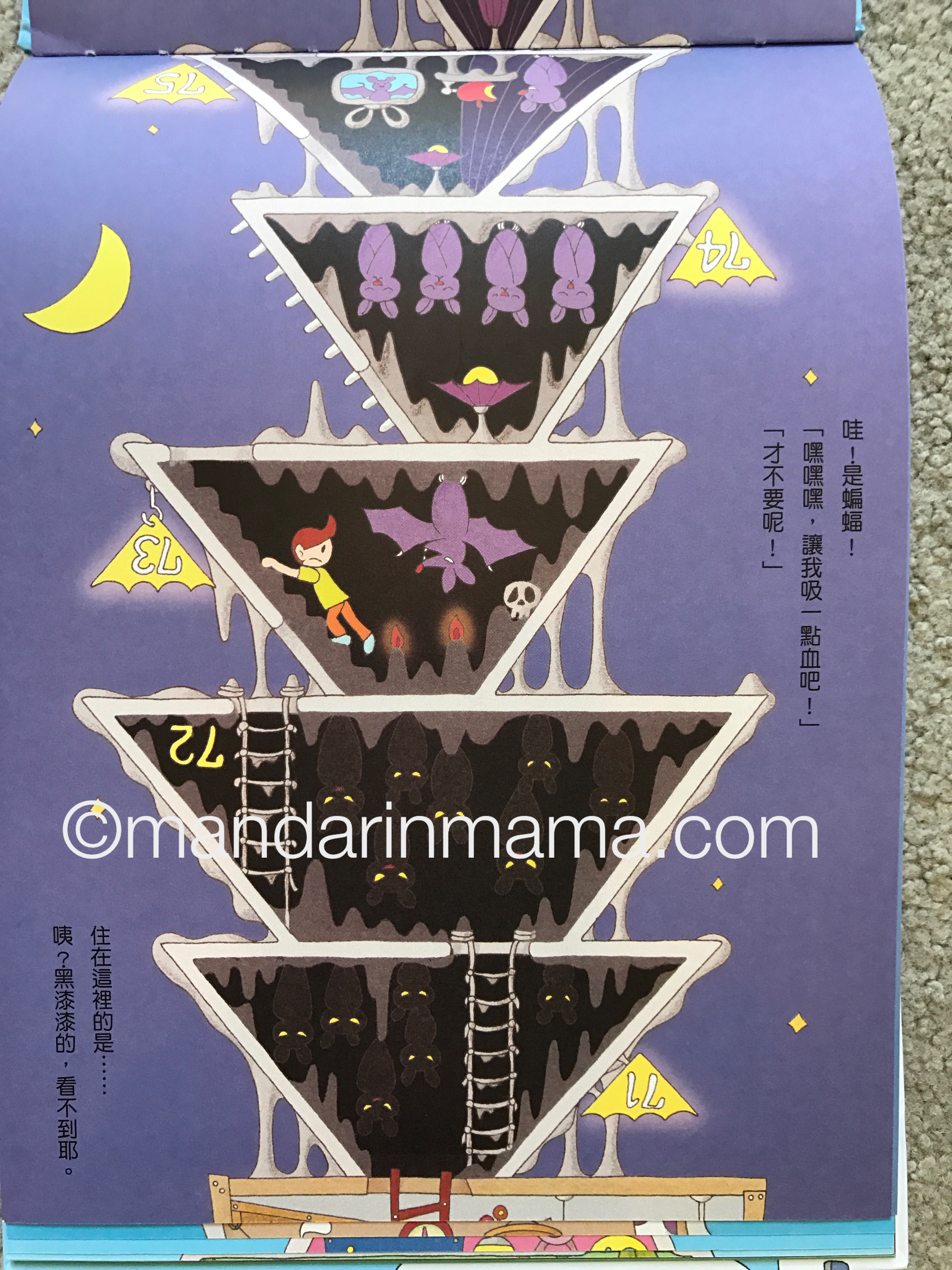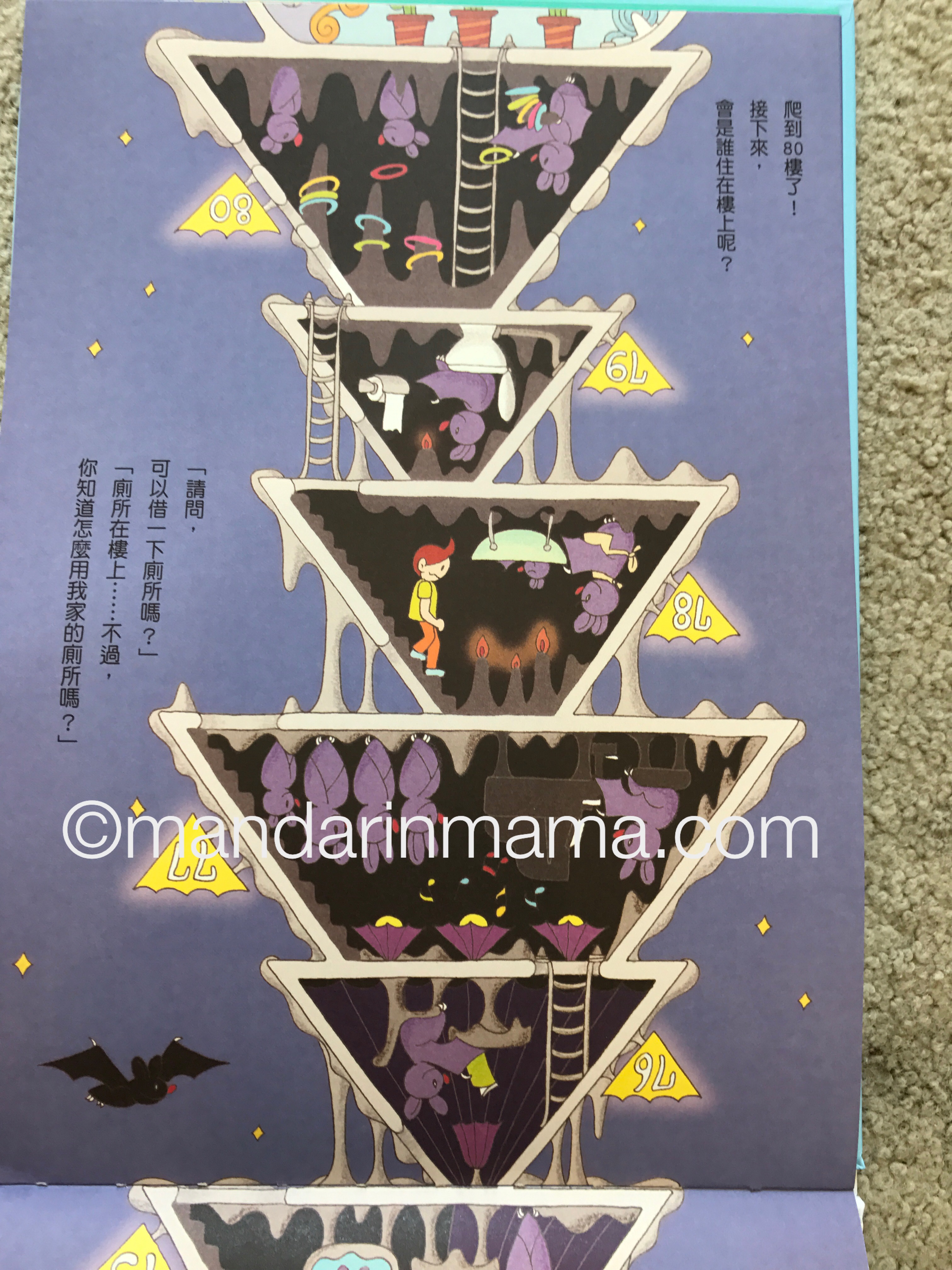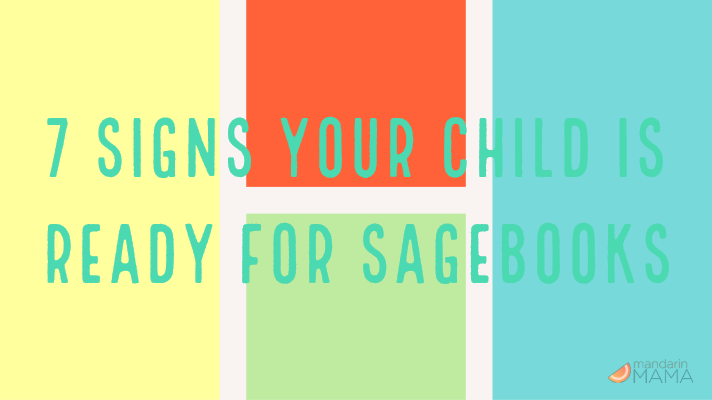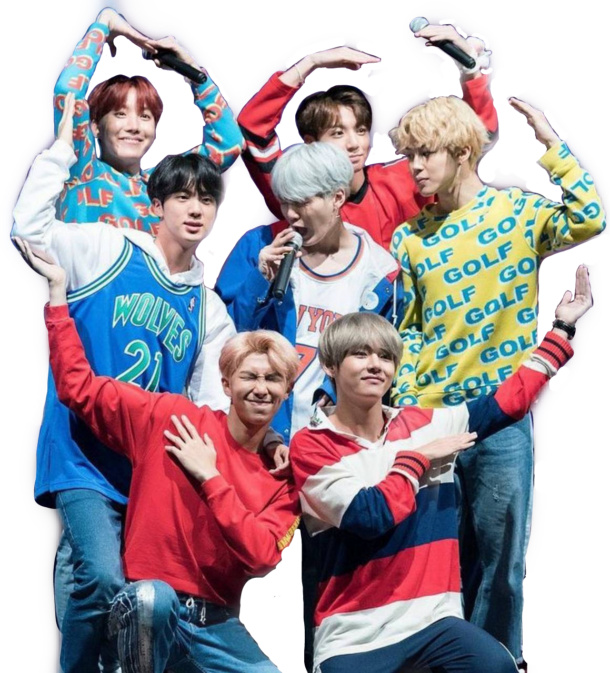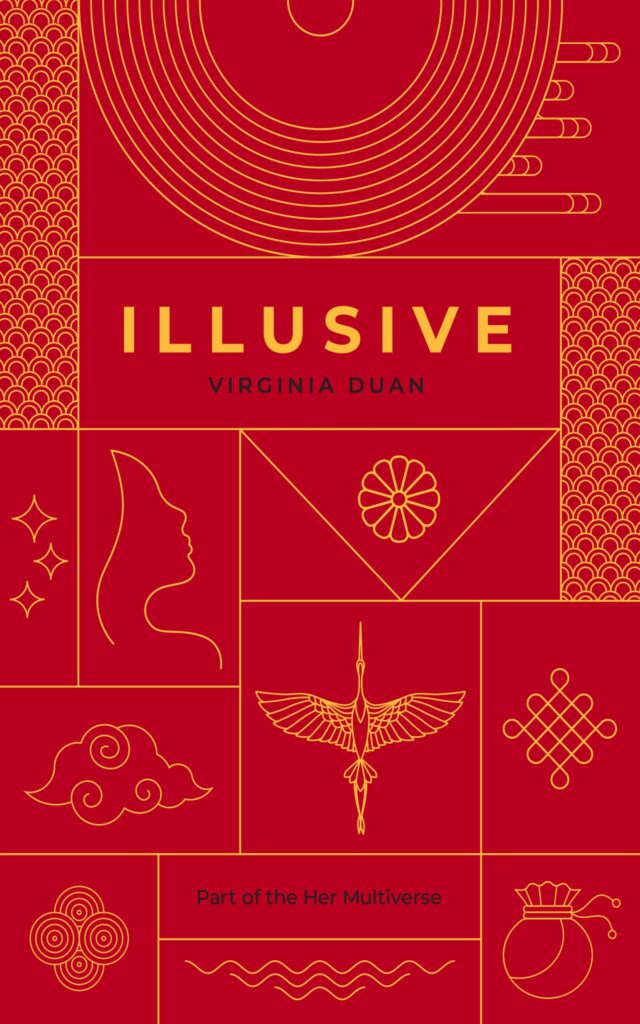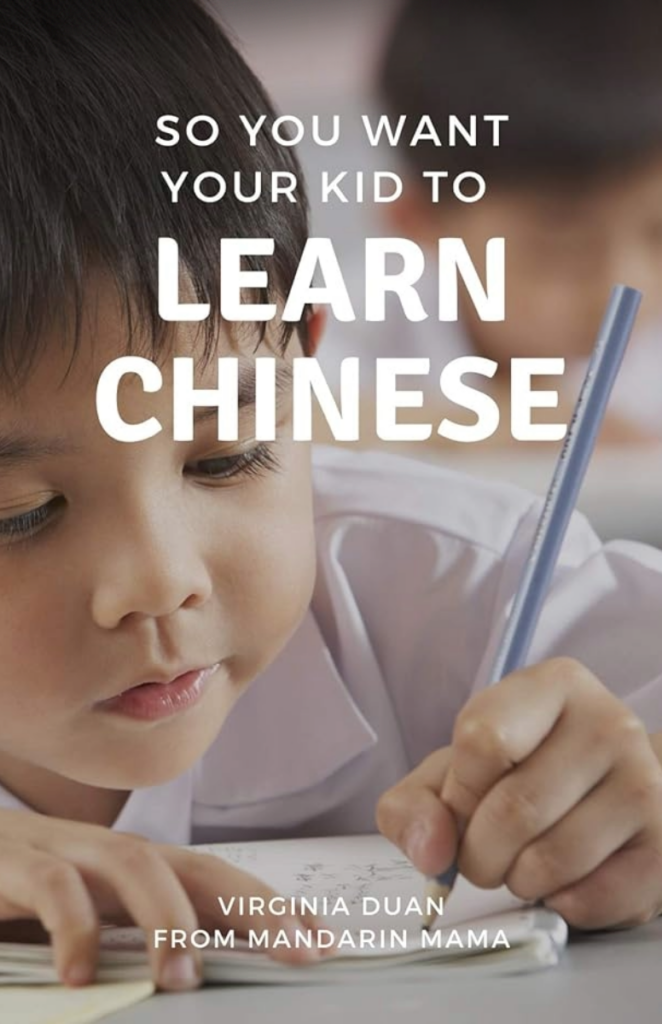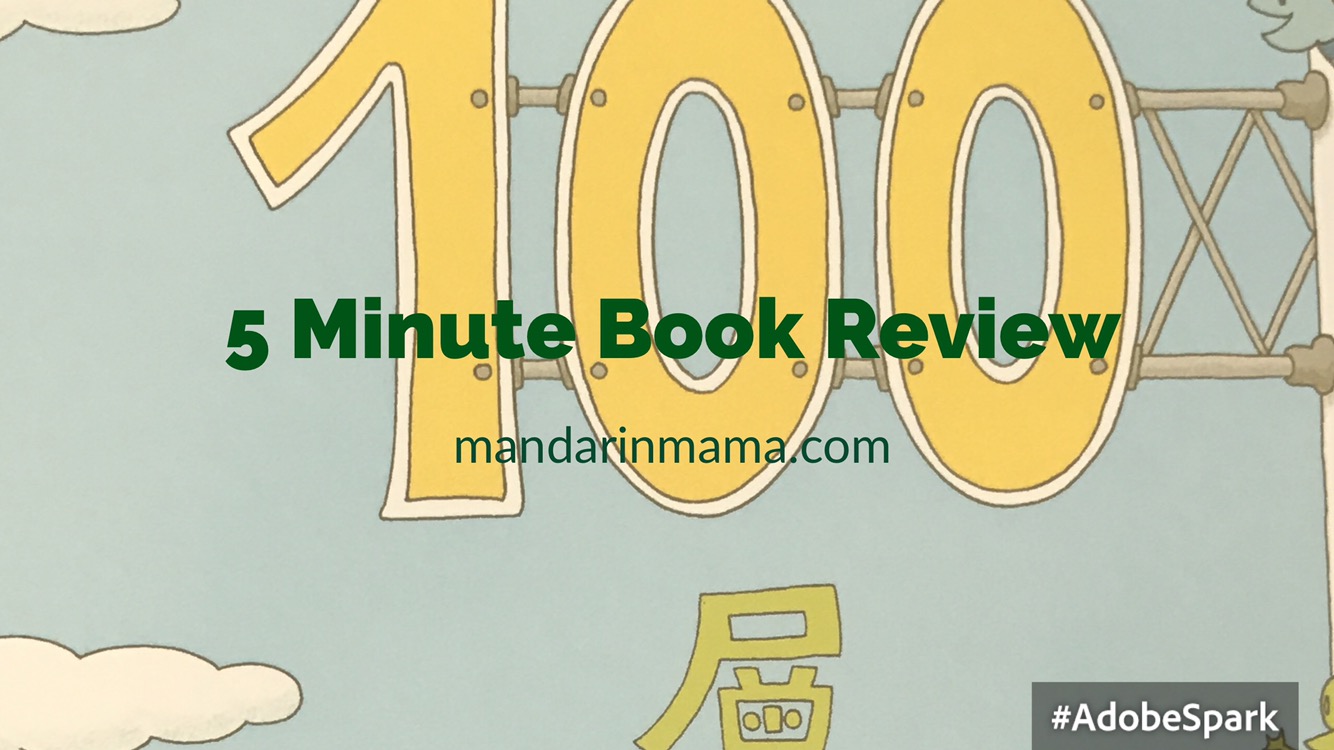 Like my reviews? Want more tips and advice on how to teach your kids Chinese? Want someone to just give you an Action Plan that you can follow? Check out my book (affiliate link), So You Want Your Kid to Learn Chinese.
Like my reviews? Want more tips and advice on how to teach your kids Chinese? Want someone to just give you an Action Plan that you can follow? Check out my book (affiliate link), So You Want Your Kid to Learn Chinese.
Title: 100層樓的家 (yi bai3 ceng2 lou2 de5 jia)/The 100 Story House
ISBN: 9789862110850
Author/Illustrator: 岩井俊雄
Translator: 周佩頴
Publisher: 小魯文化事業股份有限公司 (Hsiao Lu Publishing Co. LTD., 2010)
Level: Beginning Reader, Picture Book, Fiction
Summary: A boy who wants to look at the stars is invited by someone to go to the top floor of a 100 story building. The book follows him as he climbs up 100 stories and you see who lives on each floor as he climbs to the top.
Sample Pages:
Rating: 4 out of 5 stars
5 Minute Review: Despite it being a bit hard for me to read to my children due to my mediocre Chinese skills (and the book’s lack of zhuyin), my children really love to flip through the book and look at all the illustrations.
Cookie Monster (7.5) and Gamera (5.5) can read most of the content and trip over a character here and there (just like me – I don’t know whether to be proud of them or sad about myself). There really isn’t too much story or plot – just a lot of awesome pictures.
One cool thing about this book is that because it’s about a boy climbing UP a 100 story building, you also experience the book that way by flipping UP through the book to read it.
Here is a video of Glow Worm (3.75) flipping through the pages and telling himself the story.

